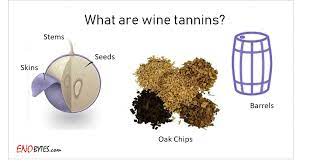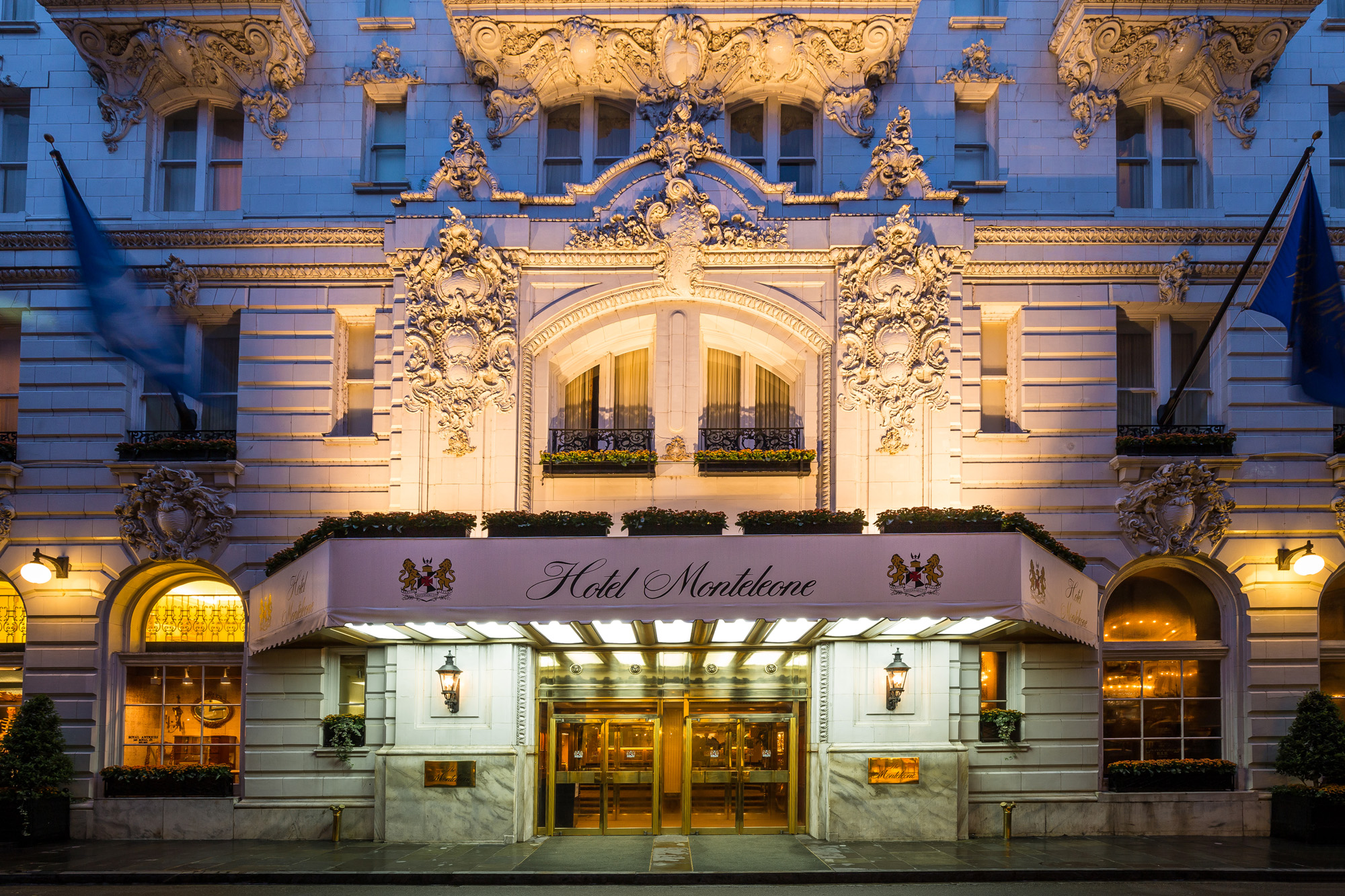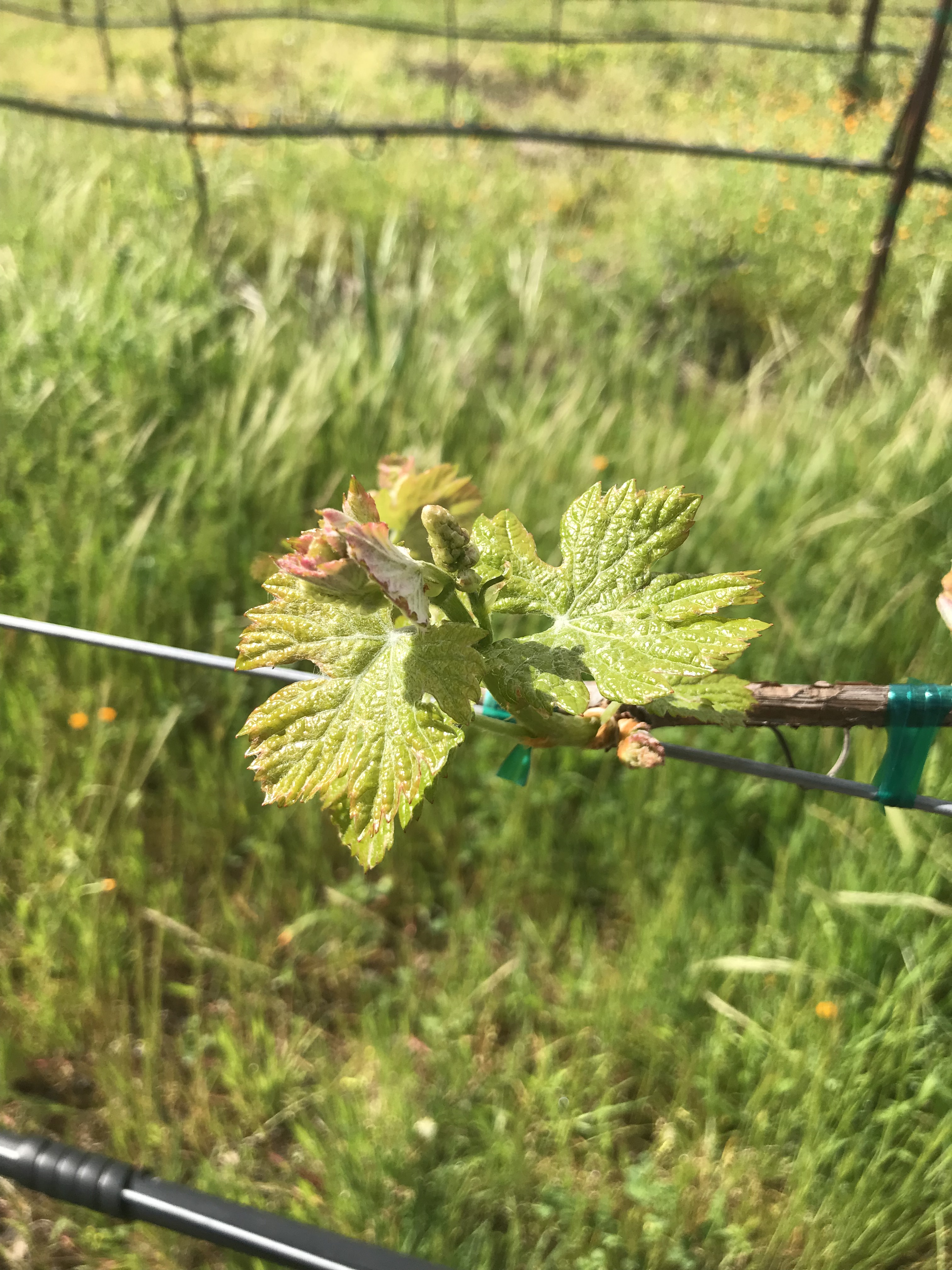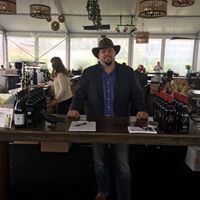I often get questions from wine drinkers asking to explain tannins in wine. This is an extremely complex topic, and full exploration into wine tannin is an entire class in enology programs. However, it can be summarized in very broad terms. Tannin is a generic term used to describe a classification of natural phenolic compounds found in nature. In wine, there are two main sources of tannins. There are those that are derived from the grape itself, and those that can be added by the winemaker. Tannins in the grapes are found in the seeds, stems, and skins. The concentration of these can be impacted by the variety of grape, ripeness of the fruit, and wine making protocols on the crush pad and in the cellar.
The other source of tannins in wine is derived by oak. The barrels wines are stored in add tannin, as well as a long list of tannin additions from oak dust, chips, or granulated tannin products that are available for winemakers to use.
There are incredible benefits that tannin adds to wine. They impact the structure and stability of a wine, and are important to wines ability to age. Tannins create mouthfeel and weight on the palate. In addition, tannins act as a natural antioxidant protecting the wine as it ages and add the component to red wine that is heart healthy. Finally, the color of a wine is dictated by specific tannins found in the skins of the grape.
Overall, tannins play a large part in how we enjoy wine. There are hundreds of compounds grouped together under the umbrella term tannin, and each can have a different effect on the finished product. The key to great winemaking is to create a balanced level of tannin in the wine. Inherently, tannin is perceived on the palate as astringent, and in many cases bitter. It is what causes the sharp sensations on the side of the tongue or the feeling that your tongue is Velcro’ed to the roof of your mouth. When the tannin level is too high, or the ratio of types of tannins is out of balance, the wine will be too astringent and bitter.
This is a very basic description of tannin in wine and there are hundreds of topics that can delve deeper into the science of tannin and the wine making protocols that can impact tannin. Like so many parts of wine making, tannin can be an incredible positive to the quality of wine, and it can quickly turn into a wine fault. The key to everything in fine wine is balance.

















